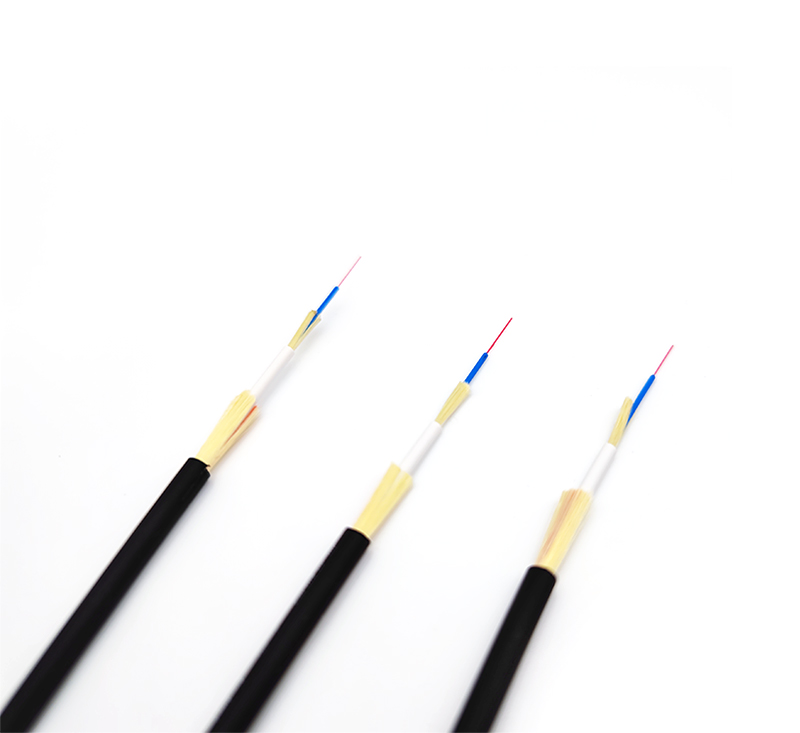1. Optical fiber
1. Light and its properties:
1) Light is an electromagnetic wave
The wavelength range of visible light is: 390~760nm (nanometer). The part larger than 760nm is infrared light, and the part smaller than 390nm is ultraviolet light. The application of optical fiber is: 850, 1300, 1550 three kinds.

2) Refraction, reflection and total reflection of light.
Because the propagation speed of light in different substances is different, when light is emitted from one substance to another substance, refraction and reflection will occur at the interface of the two substances. Also, the angle of the refracted light varies with the angle of the incident light. When the angle of the incident light reaches or exceeds a certain angle, the refracted light will disappear, and all the incident light will be reflected back, which is the total reflection of light. Different substances have different refraction angles for light of the same wavelength (that is, different substances have different refractive indices of light), and the same substance has different refraction angles for light of different wavelengths. Optical fiber communication is formed based on the above principles.
2. Optical fiber structure and types:
1) Optical fiber structure:
The bare fiber is generally divided into three layers: the central high-refractive-index glass core (the core diameter is generally 50 or 62.5μm), the middle is the low-refractive-index silica glass cladding (the diameter is generally 125μm), and the outer Z is the resin coating for reinforcement. Floor.
2) Numerical aperture:
The light incident on the end face of the fiber cannot be all transmitted by the fiber, only the incident light within a certain angle range can. This angle is called the numerical aperture of the fiber. A larger numerical aperture of the optical fiber is advantageous for the butt-joining of the optical fiber. Optical fibers produced by different manufacturers have different numerical apertures (AT&T??CORNING).










